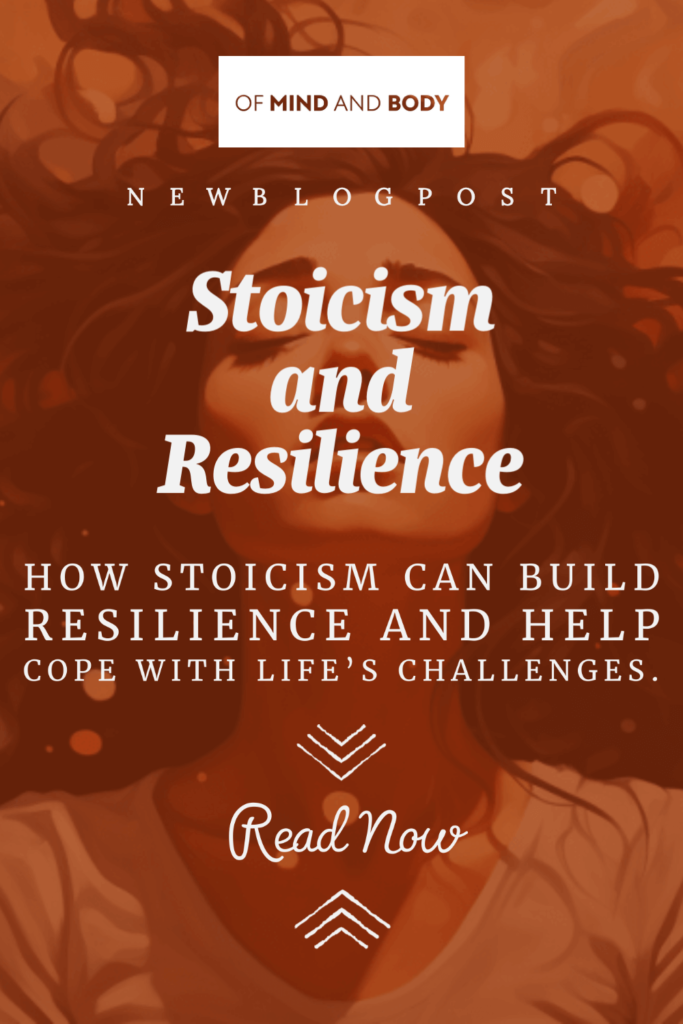
Following from our investigation into Emotions in Stoicism, we now turn to a quality that is both a result of Stoic philosophy and a prerequisite for it—resilience. Resilience, the capacity to recover quickly from difficulties, is a trait that Stoics not only value but also cultivate.
The Stoic View on Adversity
Stoicism views adversity not as a misfortune, but as an opportunity for growth. Challenges and obstacles are seen as tests of our character, pushing us to develop our virtues and become better individuals. As Seneca wrote, “Difficulties strengthen the mind, as labour does the body.”
Building Resilience through Stoicism
Stoic principles play a crucial role in fostering resilience. The dichotomy of control teaches us to focus on what we can control—our thoughts, beliefs, and actions—and let go of what we can’t. This perspective helps us avoid unnecessary stress and frustration, enhancing our resilience.

Stoic techniques also contribute to building resilience. Premeditation of evils, for instance, prepares us for potential challenges, reducing their impact and helping us recover more quickly. The view from above gives us a broader perspective, helping us see our problems as small and manageable.
Resilience in Action: Stoic Examples

The lives of notable Stoic philosophers provide examples of resilience in action. Epictetus, born a slave, faced numerous hardships but used these experiences to develop his philosophy and teach others. Seneca, despite his political challenges and eventual forced suicide, remained committed to his Stoic beliefs until the end. Marcus Aurelius, despite his responsibilities as emperor and the difficulties he faced, maintained his Stoic practices and left us with his Meditations, a testament to his resilience.
Cultivating Resilience in Daily Life
Building resilience is a daily practice. It involves regularly applying Stoic principles, challenging our beliefs and judgments, and embracing adversity as an opportunity for growth. It’s about cultivating a mindset of resilience, viewing challenges as part of life’s journey, and responding with courage, wisdom, and equanimity.
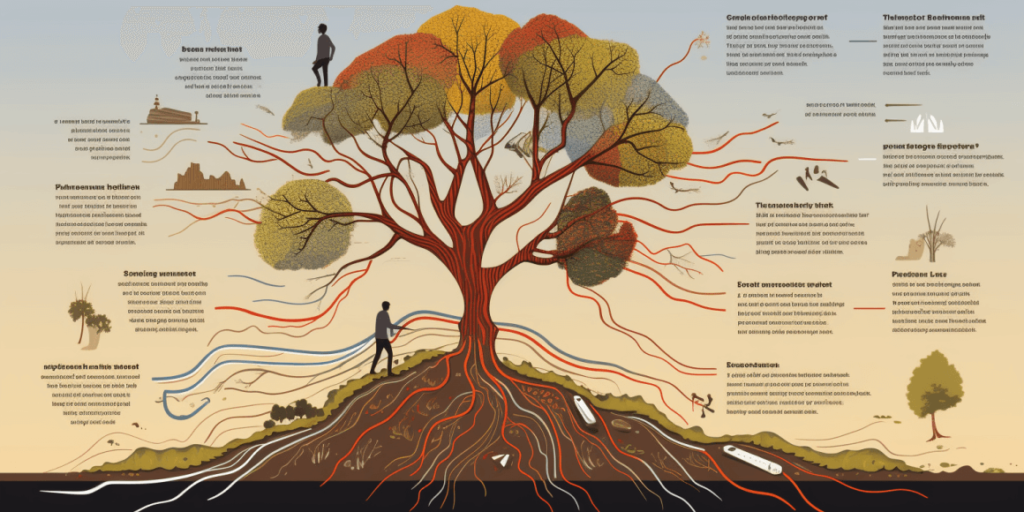
The benefits of resilience extend beyond dealing with adversity. Resilience can enhance our overall well-being, improve our relationships, and lead to greater success and fulfilment. As we cultivate resilience, we become more capable of navigating life’s ups and downs, and more prepared to face whatever comes our way.
Conclusion
Stoicism serves as a robust scaffold for constructing resilience. With its guiding principles and hands-on practices, it arms us with the arsenal we need to tackle life’s hurdles with poise and vigour.
As we forge ahead in our Stoic adventure, our next stop is the crossroads where Stoicism meets mindfulness. We’ll unravel the threads that weave these two philosophies together and see how they beautifully complement each other.
I trust that this deep dive into the interplay between Stoicism and resilience has enriched your understanding. But let’s not forget, as we journey on, Stoicism isn’t just a treasure trove of wisdom to be admired—it’s a way of life to be embraced. So, let’s roll up our sleeves and live out the wisdom that has been passed down through the ages.


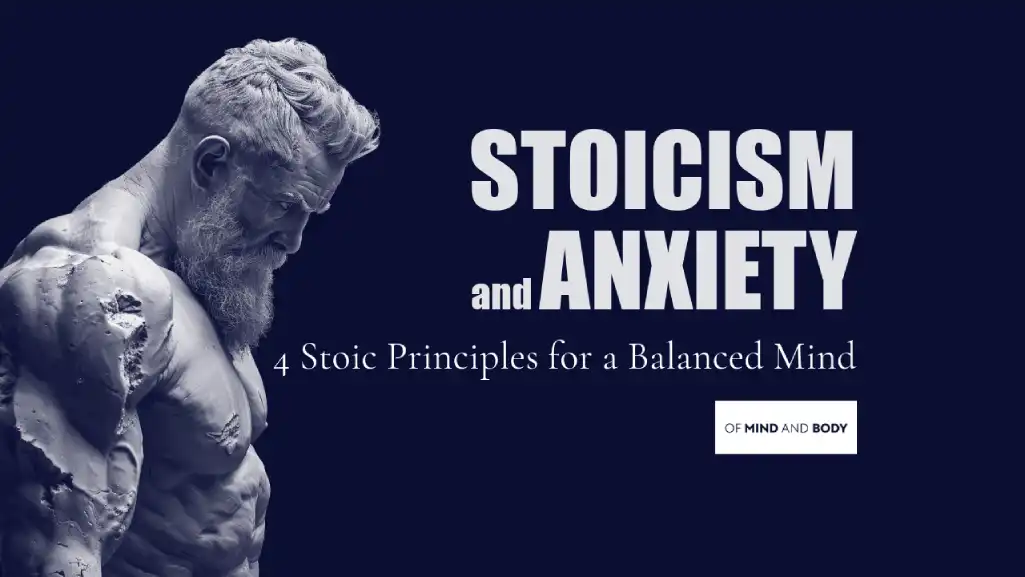
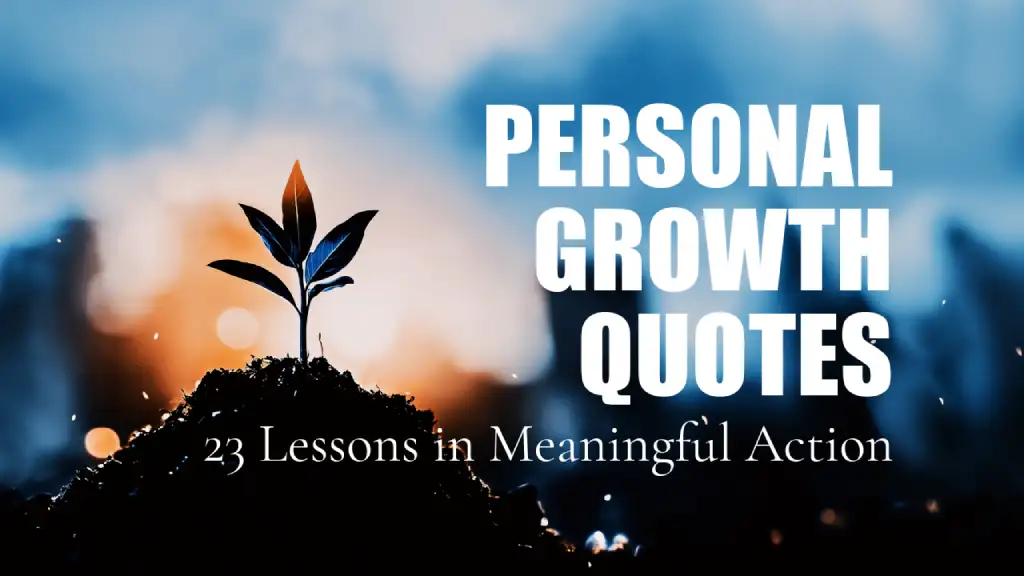

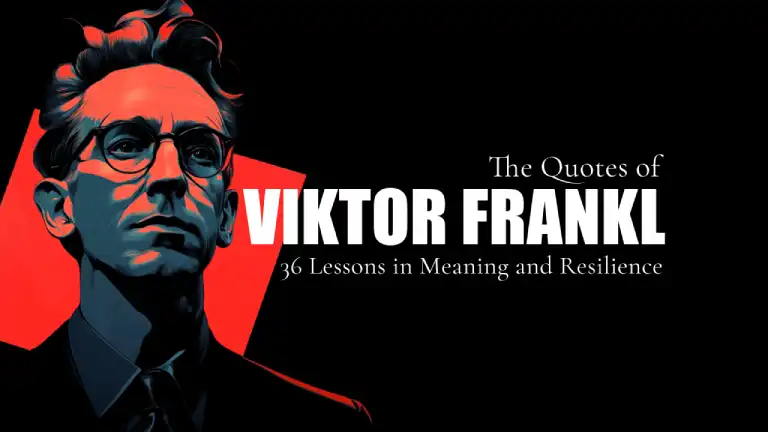




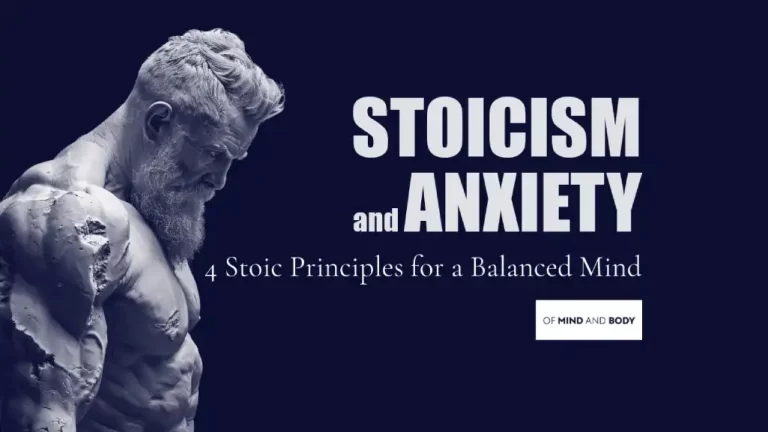
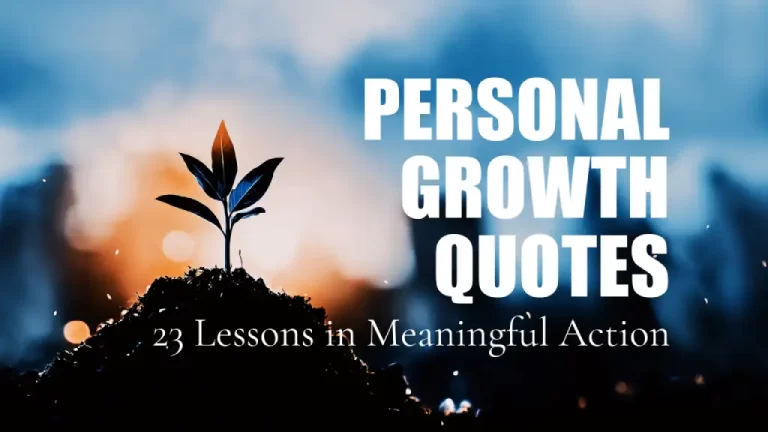

3 responses